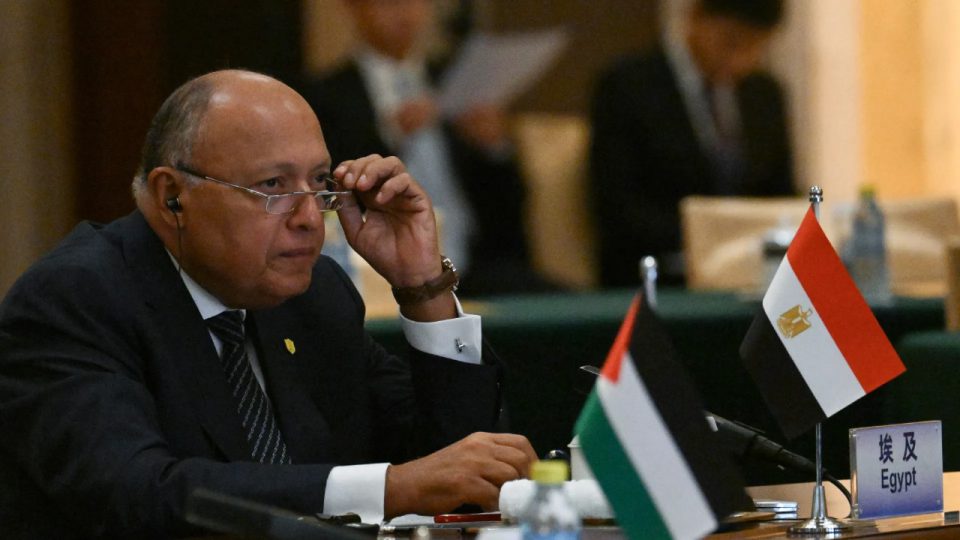Egypt has put forth a comprehensive plan to bring an end to the ongoing conflict in Gaza through a ceasefire. The proposal, described as ambitious, was presented to key stakeholders, including Israel, Hamas, the United States, and European governments.
The plan, developed in collaboration with Qatar, outlines a multi-phase approach aimed at achieving lasting peace in the region. The key components of the proposal include:
- Full Israeli Withdrawal from Gaza Strip: The plan calls for a complete withdrawal of Israeli forces from the Gaza Strip.
- Release of Captives and Prisoners: Hamas would initiate the process by releasing all civilian captives in exchange for the release of Palestinian prisoners during a truce period of 7-10 days. Subsequent stages would involve the release of female Israeli soldiers and further exchanges of Palestinian prisoners.
- Formation of a United Technocratic Palestinian Government: A united technocratic Palestinian government would be installed in the Gaza Strip, with talks facilitated by Egypt to reunite Palestinian factions, including Hamas and the Palestinian Authority.
- Negotiations and Israel’s Withdrawal: The final phase involves a month of negotiations to discuss the release of all military personnel held by Hamas in exchange for additional Palestinian prisoners. Simultaneously, Israel would pull back to Gaza’s borders.
The proposal aims to address the complex dynamics of the conflict and pave the way for future elections in the region. However, there are challenges and uncertainties regarding the acceptance of the plan by both parties involved.
- Israel’s war cabinet, under pressure to bring home captives, is reportedly divided on certain terms of the proposal. There is a notable difference in interpretation between a ceasefire, as desired by Palestinians, and a truce, seen by Israelis as a temporary pause.
- Israeli Prime Minister Benjamin Netanyahu faces the challenge of reconciling negotiations with Hamas and the stated mission of eradicating the organization. The internal divisions within the Israeli government may pose obstacles to accepting the full proposal.
- Hamas and the Islamic Jihad, allied groups in the Gaza Strip, have reportedly rejected the idea of relinquishing power in the region, as per Egyptian security sources.
Despite the presented plan, the situation remains complex, with continued military actions and skepticism surrounding the feasibility of a comprehensive ceasefire. The article underscores the difficulties in bridging the gaps between the conflicting parties and achieving a lasting resolution to the Gaza conflict.

